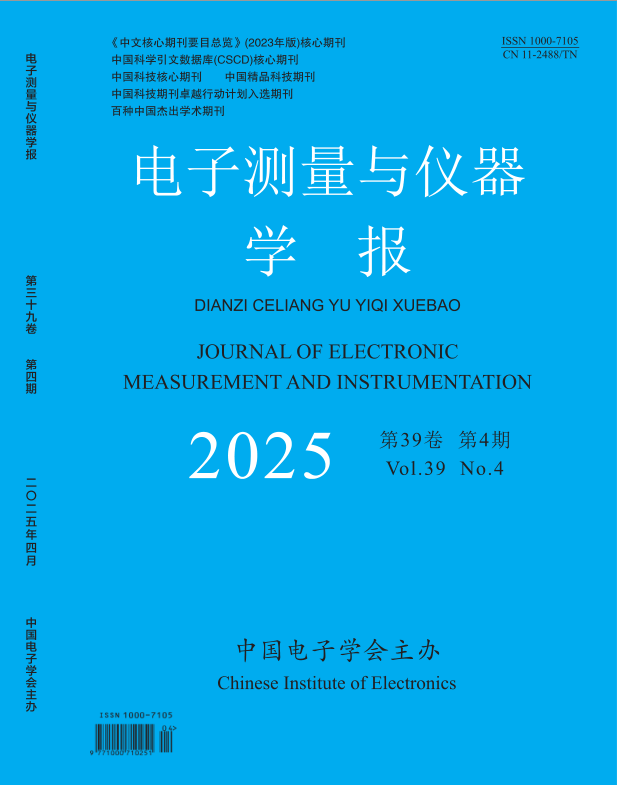2019, 33(1):85-89.
Abstract:A material tester of fiberreinforced composite is developed. Firstly, the excitation platform, laser scanning device, signal generator and data acquisition device are utilized to establish its hardware structure. Then, the functions as well as control and measurement advantages of each software module based on LabVIEW are described in detail. Finally, the elastic moduli, loss factors and Poisson's ratios of the two TC500 carbon fiber/resin composite beam specimens in the longitudinal, transverse and shear directions are identified, which are also compared with the material results provided by the manufacturer. The results show that their deviations are in the range of 275%~1182%, which is within an acceptable level. Therefore, the effectiveness of the developed composite material tester and its software algorithm has been verified. Compared with the commercial instruments available on the market, the tester developed in this paper adopts laser nondestructive scanning technology, has higher cost performance, and can effectively obtain the loss factors of the anisotropic composite in the shear direction.
